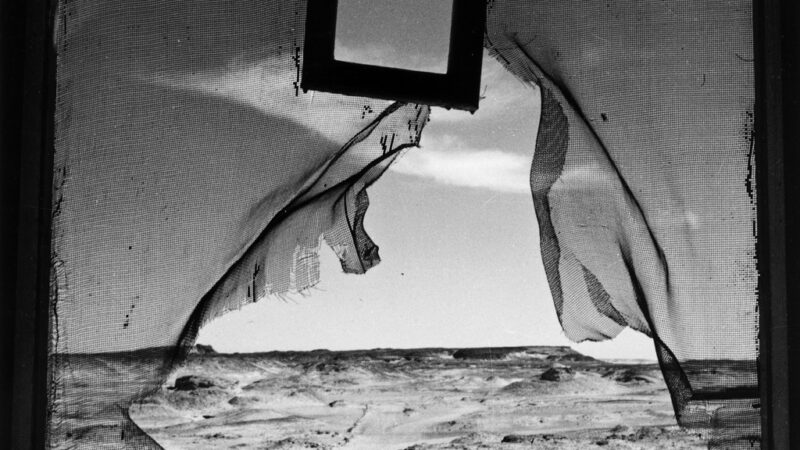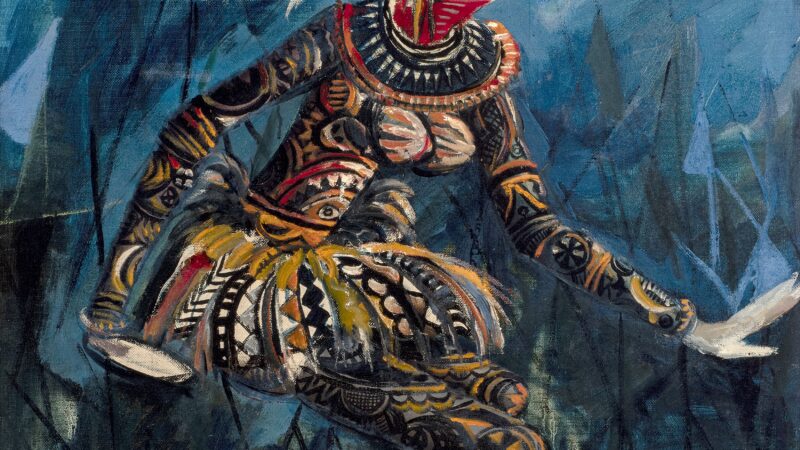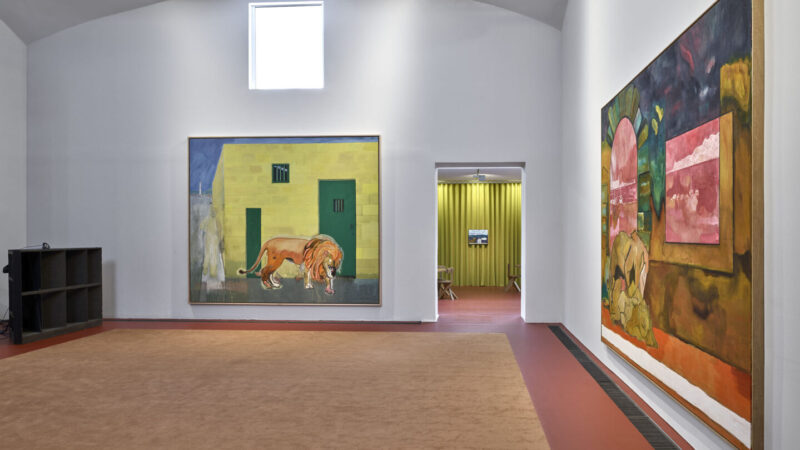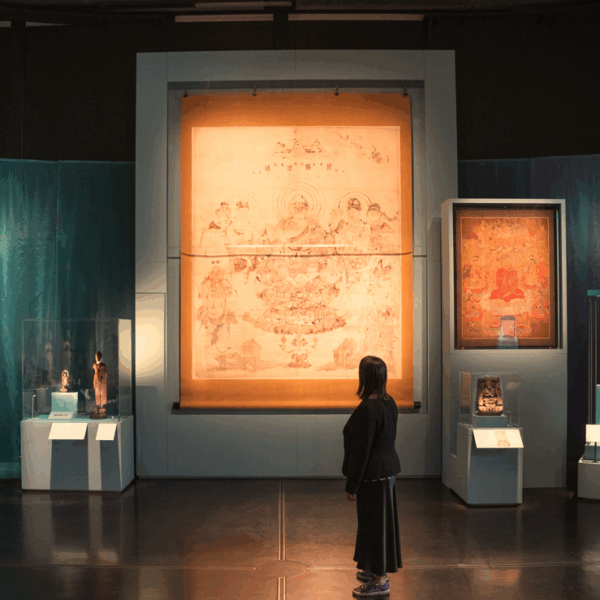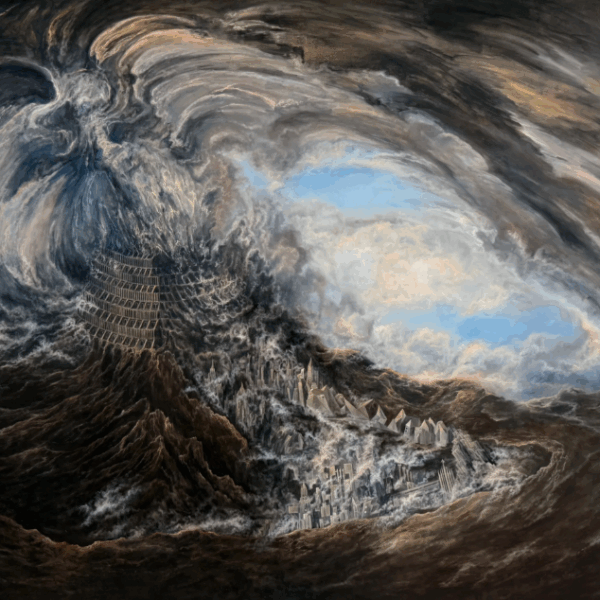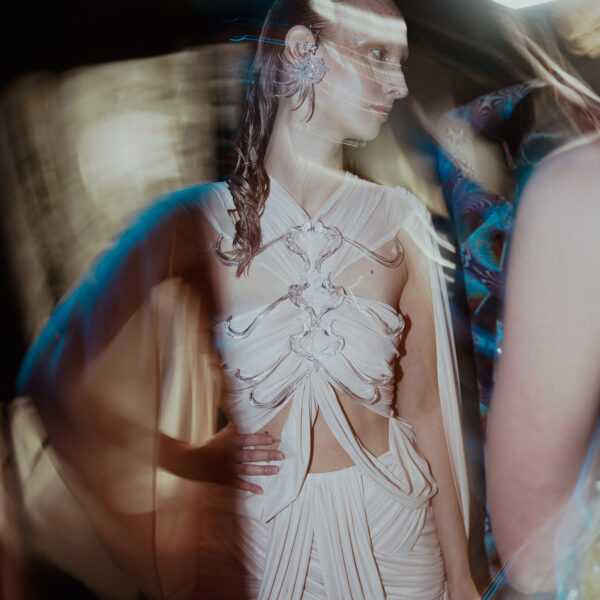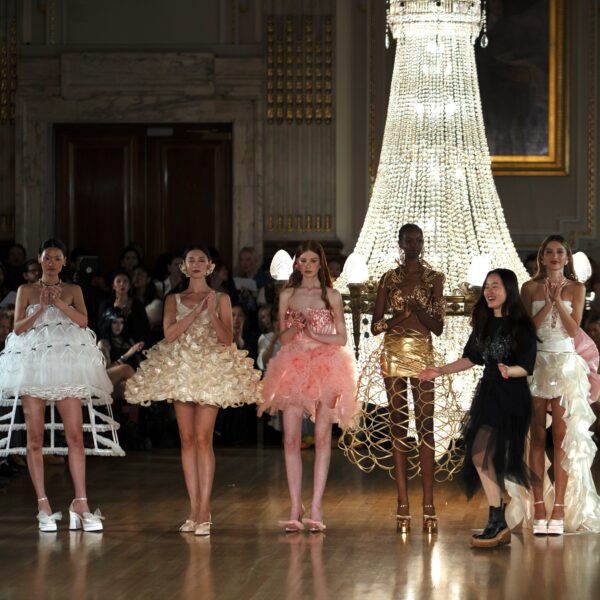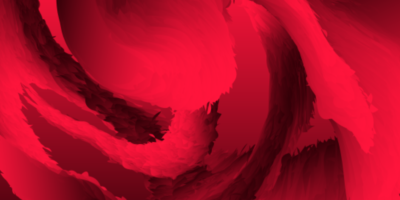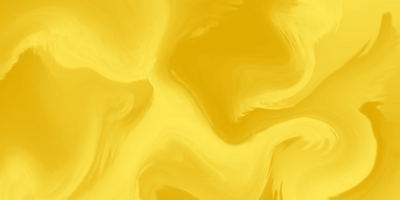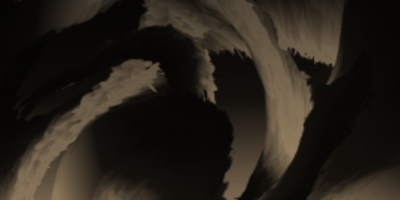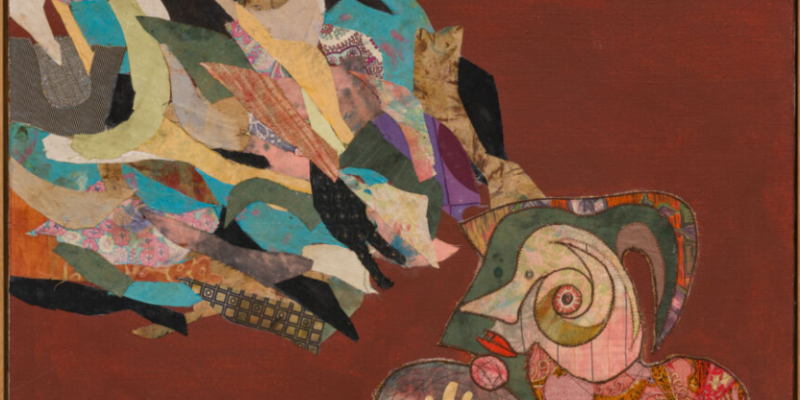
Bona De Mandiargues | Alison Jacques
Alison Jacques has mounted a revelatory exhibition of work by the Italian-born artist Bona de Mandiargues (1926–2000), offering UK audiences a long-overdue encounter with a visionary voice whose practice has only recently begun to receive the recognition it deserves. This show spans over four decades of de Mandiargues’s restless, shape-shifting art, from 1951 to 1995, tracing her evolution from surreal-inflected paintings to the collaged and sewn fabric works that became her signature.
De Mandiargues’s compositions are charged with a febrile energy — a collision of instinct and dream. Her canvases and works on paper bristle with figures of ambiguous sexuality and phantasmagorical creatures, woven through with myth, metamorphosis and a distinctly personal symbolism. The artist once said she sought “places where she could lose herself,” and this show underscores how that impulse to wander — and to break apart binaries of gender, body, and spirit — animated her entire practice.
Born in Rome as Bona Tibertelli, she spent her early years in the landscapes of Emilia-Romagna, her childhood marked by secret explorations of attics and cellars that clearly planted the seeds of her fascination with the hidden and the arcane. In Venice, under the influence of her uncle, the painter Filippo de Pisis, she honed what she called her “inner eye” — a crucial tool in the creation of her surreal dreamscapes.
A move to Paris in 1947 — and her marriage to the French poet André Pieyre de Mandiargues — brought her into the orbit of the Surrealists: Breton, Ernst, Tanning, Bellmer, Fini, and Man Ray, who photographed her more than once. But if the Surrealists taught her to trust her unconscious, she was never content to stay within the movement’s stylistic boundaries. After her separation from her husband in 1958, a trip to Mexico electrified her imagination, prompting a radical departure from paint to fabric, collage and textile assemblage.
These so-called “ragarts” — collages of torn and reassembled linings from her husband’s jackets — are a highlight of the exhibition. De Mandiargues approached these materials with a dual sensibility: part witch, part seamstress, conjuring new forms from old skins. “I flipped inside out the vests of men,” she said, “to get to the heart of their armour.” In these works, the tactile and the conceptual merge — threads, stitches, and fragments become vehicles for transformation and transcendence.
It is perhaps the androgynous snail, a recurring motif in her work, that best encapsulates de Mandiargues’s vision: an image of contradiction and wholeness, simultaneously moving and at rest, a home carried within the body. As she put it, “By embracing the shapes of the spiral, I’m embracing the very structure of the universe.”
This exhibition is not just a testament to the force of de Mandiargues’s imagination, but also a timely reminder that the most radical gestures are often those that begin with the simplest materials: scissors, fabric, thread — and the determination to see them anew.


